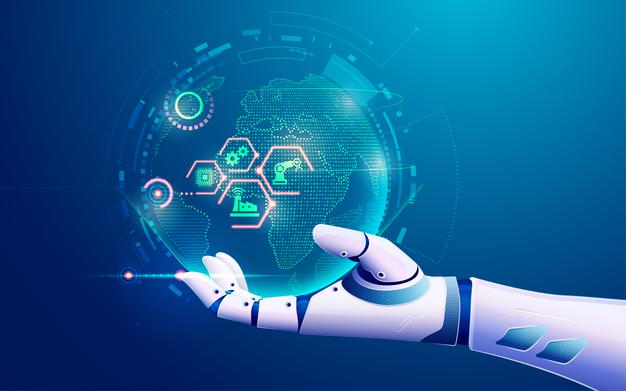
Robot can be integrated as an entity in the Internet of Things (IoT) infrastructure thereby enabling connections between different entities using diverse communication protocols.
Before we delve into the market, here’s a quick primer on the phenomenon – Internet of Robotic Things refers to robot connected as a thing to IoT technology which builds connections with other objects over the Internet.
Using IoRT, intelligent devices can monitor events, fuse sensor data from different sources, use local and distributed intelligence to determine a best course of action. This follows by an act to control or manipulate objects in the physical world.
The global Internet of Robotic Things market is driven by a number of favorable factors. Expansion of the e-commerce industry and increasing application areas due to integration of robots with various technologies is serving to boost the use of internet of robotic things. Increasing use of smart devices, automation in manufacturing processes, and proliferation of e-commerce are some factors driving the IoRT market.
Internet of Robotic Things: Components and Structural Framework
- Internet of Robotic Things is positioned on the top in the cloud robotics paradigm, which leverages certain aspects of cloud computing such as virtualization technology, and three service models.
- The internet of robotic things architecture can be divided into five layers, which include hardware/robotic things layer, network layer, internet layer, infrastructure layer, and application layer.
- Internet of Robotic Things use sensors, middleware, edge computing, deep learning and more to enable industrial robotic devices that coordinate and collaborate.
Potential Applications of Internet of Robotic Things
Applications of Internet of Robotic Things can range from warehouse automation to parking lot management to elderly care. In parking lot management, an internet of robotic things technology device can check if a corporate parking lot is only used by authorized cars, and raise an alert in the event of unauthorized cars enter the lot.
Internet of Robotic Things also finds application in warehouse automation fulfillment center. This is where mobile robots move bins and pallets and can coordinate their movements.
Some other new phenomenon where Internet of Robotic Things is poised to find application is the personal robot space. This involves to take real physical action by learning and combining sensor data, which can range from garden maintenance to support of the elderly or cleaning.
Internet of Robotic Things can also find applications in physical security and healthcare.
On the basis of geography, the global Internet of Robotic Things market is segmented as North America, Europe, South America, Asia Pacific and Middle East and Africa.
The Internet of Robotic Things market in North America is expected to lead the global IoRT market due to stable economy, growing need for elderly assistance and increasing adoption of smart robotics application for interconnection of applications. Moreover, Asia Pacific and Europe are expected to show moderate growth in Internet of Robotic Things market during the forecast period due to increasing demand for connected robotics in e-commerce sector.
The key players of global Internet of Robotic Things market are ABB Ltd., FANUC Corporation, KUKA AG, Cisco Systems Inc., Samsung Electric Co. Ltd., Aethon Inc., iRobot Corporation, Intel Corporation, Robert Bosch GmbH, Amazon.com, Inc., Northrop Grumman Corporation, Honda Motors Co. Ltd., Geckosystems Intl. Corporation, Yaskawa Electric Corporation, Google Inc. and Bluefin Robotics Corporation.
Get More Insights about Internet of Robotic Things
